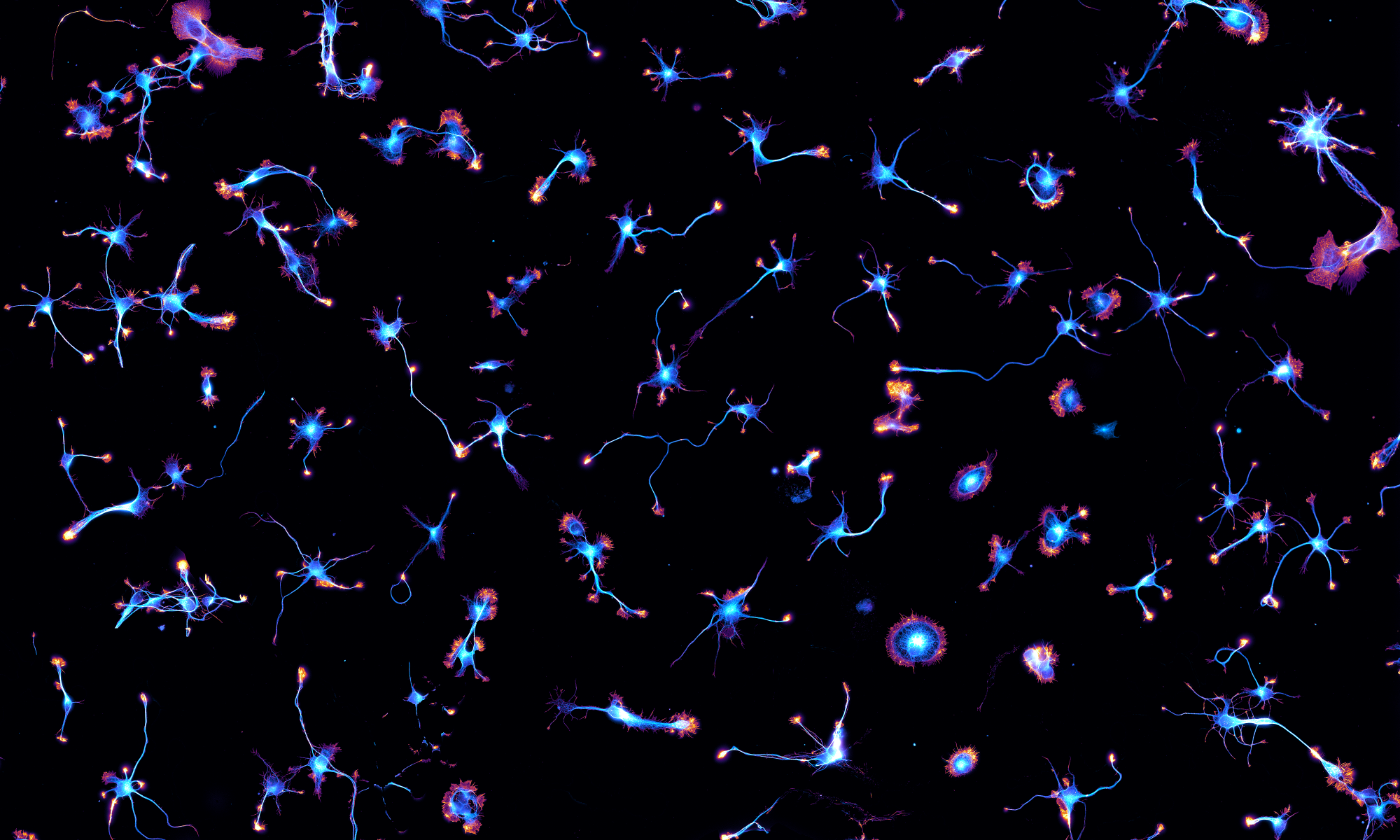
A new preprint is out today on bioRxiv. This collaboration with the Ricardo Henriques and Jason Mercer labs proposes a new metric to measure the quality of super-resolution images. Simply put, it compares the image to a reference diffraction-limited image, allowing to detect artefacts and missing features in the super-resolved image. We used it to determine when to stop a STORM acquisition when visualizing axonal actin rings, and to optimize the dye concentration in a DNA-PAINT experiment. The method, called NanoJ-SQUIRREL (Super-resolution Quantitative Image Rating and Reporting of Error Locations), is available as an easy to use, open-source plugin for the ImageJ/Fiji plugin software. Try it!





